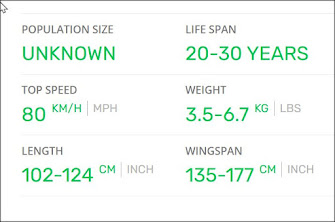The black-necked swan (Cygnus melancoryphus ) is the largest waterfowl native to South America.
An unmistakable bird with bold patterns, Black-necked swans are characteristic and majestic inhabitants of southern South Americas wetlands. They are easily distinguished by their immaculate white body feathers that contrast sharply with their velvety black head and neck. The bill is blue-gray in color and has a noticeable, double-lobed scarlet-colored knob, called a caruncle, at its base. The eyes are surrounded by a thin white line which goes along the sides of the head to the rear. Males and females are similar in appearance, though females are generally slightly smaller. The juvenile does not have a caruncle, and has a head and neck that is more brownish-black, with varying amounts of brownish-tipped and grayish-flecked feathers.
The Black-necked swan inhabits southern South America, from Tierra del Fuego and the Falkland Islands northwards to Paraguay, central Chile, and southern Brazil. It lives in a wide variety of freshwater and saline habitats such as shallow coastal regions along the Pacific Ocean, estuaries, inland lakes, lagoons, and marshes. Particularly important are places that are rich with submerged aquatic vegetation.
These swans are highly social birds, and are gregarious outside of the time of the breeding season. They become territorial during the breeding season and divide up into mated pairs, nesting in small colonies or as solitary pairs, but they regroup once the young have hatched, each flock numbering thousands of birds. These flocks may move around, dependent on the climate and resources, but usually stay in the south of South America until migrating north. Black-necked swans are diurnal and most of their time is spent in water. If males need to defend their territory, they display aggressive behavior such as lowering their neck and thrusting the head forward. After fighting with beating its wings, the male returns to the female in triumph, continuously lifting its chin and calling.


